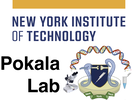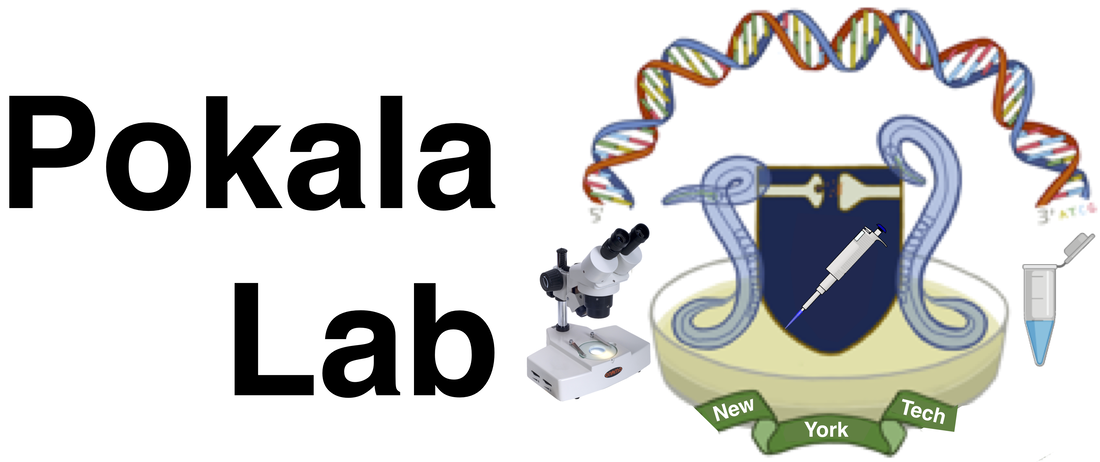Download Jmol-14.29.29-binary.zip
Uncompress the zip file
Double-click on
Jmol.jar in the uncompressed directory
Download Molecular_modeling2_pdb_files.zip
and uncompress
File --> Console to get command line.
Commands to be typed in the console window will be listed in Courier.
Open files by
going to File menu, then Open (File
--> Open)
Right-Click
(PC) or Control-click (Mac) to get pop-up menu.
Go to Style in the pop-up.
Menu commands will
be listed in Helvetica
Style --> Scheme
--> Ball and Stick
In the image
window, figure out how to zoom in and out, and how to rotate the molecules. You
should zoom and rotate ALL the molecules you examine after each display change.
2-fluorolactose
Go to File menu, then Open (File --> Open)
Select fluorolactose.pdb
from the uncompressed Molecular_modeling2_pdb_files
directory
Style --> Scheme
--> Ball and Stick
Style --> Scheme
--> CPK Spacefill
Examine the 2-fluorolactose
structure. This molecule has the 2' OH replaced with a
highly electronegative fluorine atom, making hydrolysis of the C1-O1 bond
unfavorable.
1. In the
unbound state, the polar atoms interact with polar water molecules. The protein
must minimally compensate for these lost interactions in order to bind. What additional
interactions must be made by the protein to drive binding?
b-galactosidase holo
complex
File --> Open fluorolactose_holo_complex.pdb
Style --> Scheme
--> Cartoon
color chain
Style --> Scheme
--> CPK Spacefill
color chain
Note the
extensive interfaces between the different subunits of the tetramer.
select LAC
Style --> Scheme
--> CPK Spacefill
Note that each lactose is bound primarily by a single subunit.
1. b-galactosidase
is described well by the hyperbolic curve of Michaelis-Menten.
What does this suggest about interactions between the four active sites in the
tetramer? Is this more like oxygen
binding to myoglobin or oxygen binding to hemoglobin?
b-galactosidase active site
File --> Open fluorolactose_complex.pdb
Style --> Scheme
--> Cartoon
color chain
select LAC
Style --> Scheme
--> CPK Spacefill
restrict LAC
select within (5.0, LAC ) and sidechain
and not LAC
Style->Scheme->Ball
and stick
View --> Define Center
color cpk
select MG
Style->Scheme->CPK
Spacefill
color purple
1. What sidechains (amino acid and number) might be involved in
driving binding of lactose?
2. From the pH
dependence of b-galactosidase
activity, most students found pK1 ~ 5.5 and pK2 ~ 8.5. From the structure, what
sidechains (amino acid and number) might need to be
deprotonated for catalysis?
3. Inhibitor II
from Session 7 is IPTG, another non-hydrolysable lactose analog. Most students
found this to be a competitive inhibitor. Why might this be the case?
b-galactosidase covalent
intermediate
File --> Open covalent_intermediate.pdb
This structure
contains fluorinated galactose, essentially half of
the fluorolactose.
Style --> Scheme
--> Cartoon
color chain
select GAL
Style --> Scheme
--> CPK Spacefill
Style->Scheme->Ball
and stick
restrict GAL
select within (5.0, GAL ) and sidechain
and not GAL
Style->Scheme->Ball
and stick
View --> Define Center
color cpk
select GAL
Style --> Scheme
--> CPK Spacefill
1. What happened
to oxygen OE2 of Glu 537?
select MG
Style->Scheme->CPK
Spacefill
color purple
select HOH
Style->Scheme->CPK
Spacefill
color cyan
2. The
fluorinated galactose was delivered to the enzyme
with a very strong leaving group (dinitrophenol) that
permits the formation of this covalent intermediate. However, the strong
electronegativity of the fluorine prevents moving past this step. Inhibitors
such as this are often called "suicide inhibitors." What mode of
inhibition do you expect, competitive or non-competitive? Why?
3.
Mg2+ is often surrounded by a hydration shell of several water molecules (HOH). What might be the role of the
displayed cyan water molecule? Which carbon atom might it react with?
4. Inhibitor I
from Session 7 is EDTA, an organic compound that sequesters divalent cations
such as Mg2+. Most students found this to be an un-competitive or mixed
inhibitor. Why might this be the case?


